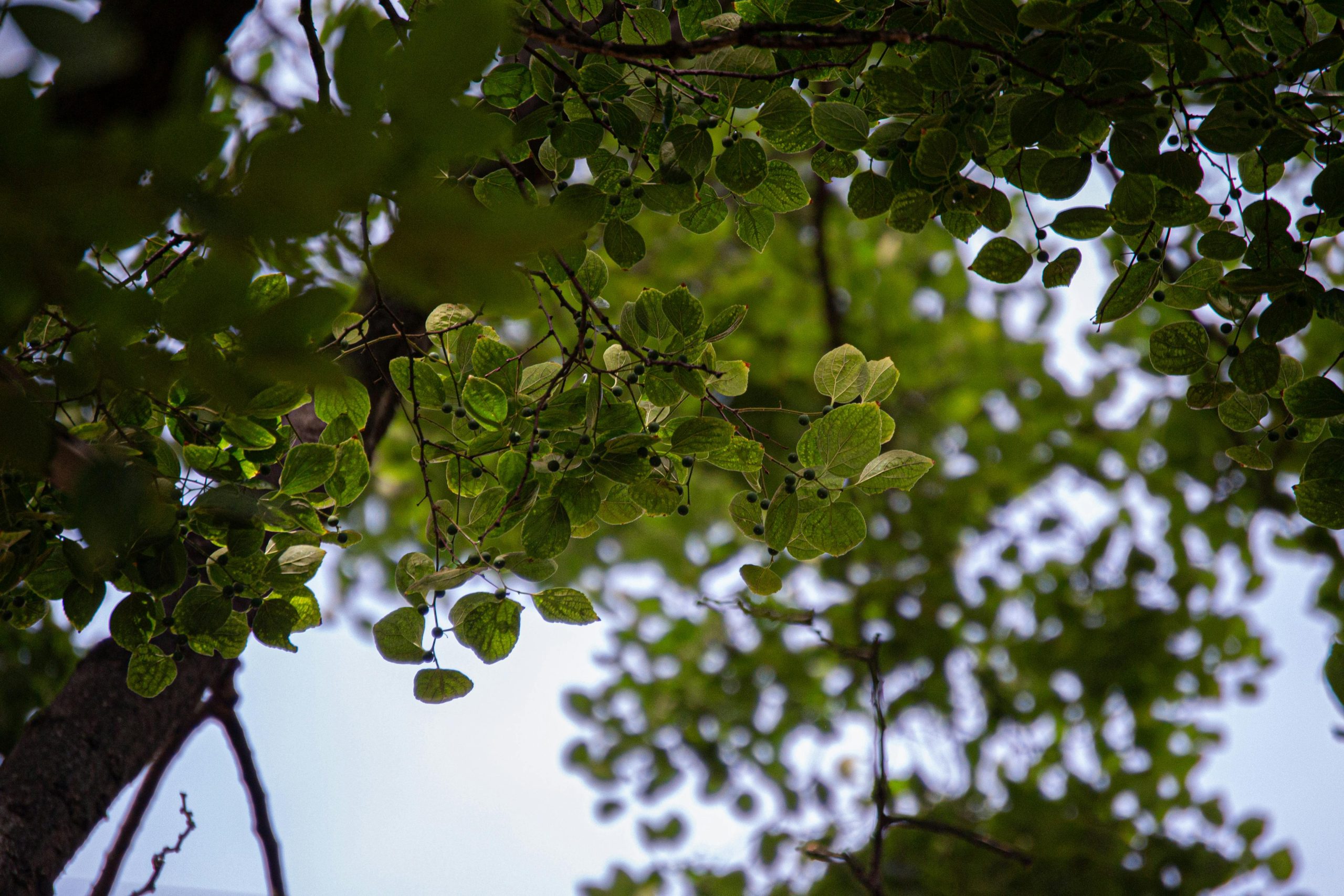Cottonwood?Tree: The Wonderful Gift of Nature With Tremendous Benefits
by Mark Hunt

The cottonwood is?an emblem of nature, our hidden giant. Hailing with high legs, when?the polycylindrical leaves flutter in the presence of the wind, this tree has long been revered for the shade it provides and the tranquillity it soothes. More than its striking appearance, the cottonwood tree is an important ecological component, supporting wildlife and having some practical uses.
Explore Features Of The?Cottonwood Tree
Cottonwood is within the Populus genus, a group that also includes poplars and aspens. One of the most commonly recognised trees is identified by its wide, triangular leaves that shimmer in the wind. Fluffy seeds that resemble cotton drift through the air in springtime, making for a beautiful sight and the namesake of the plant.
These trees grow rapidly, often reaching a considerable height in a short time. The?bark is initially smooth and greenish-grey, but becomes thick and deeply furrowed as the tree ages. This makes them perfect for areas like parks, riverbanks, and large, wide gardens where shade is needed.
Natural Habitat and Growth Conditions
The cottonwood grows near the water,?such as a river, stream, lake or even a slough. Likes wet soil/damp conditions and full sun, allowing it to spread very quickly. This is why these trees can commonly be found growing in floodplains or at the edges of wetlands, where their roots help hold the soil in place and prevent erosion.
This tree does well in any climate; however, it prefers medium rainfall areas. Once established, they are resilient enough?to withstand irregular flooding and dry seasons.
Ecological Importance
Cottonwood is Ross’s trunk line to wildlife support. Birds are sheltered in its branches, and its bark and leaves attract insects, which serve as food sources for other species. The hollow trunks, particularly those of older trees, provide refuge for small mammals.
On the other hand, the roots of the cottonwood tree have?considerable value to the environment. It also helps reduce the erosion of waterway banks by holding soil in place. The tree?additionally acts as a filter, removing excess nutrients and sediment from runoff water, resulting in cleaner streams and improved aquatic habitats.
What is the Cottonwood Tree Used?For?
Although the cottonwood tree is appreciated for its ecological benefits, it is also practical. Its wood is lightweight but is used for making furniture, boxes, crates, and paper products. The rapid growth of the tree makes it a perfect renewable source for industries that use a quick succession of timber grown for their needs.
An image that illustrates the practice of farmers planting cottonwoods as windbreaks to protect crops and livestock. This vegetation provides shelter in sparsely populated farming estates where it is needed most and helps replace what is lost. The soft fibres from the tree have also?been used for insulation materials and bedding.
Cultural and Historical Significance
The cottonwood has cultural significance for many?communities. For centuries, it has been regarded as a symbol of survival and the ideal growing conditions. In other areas, it symbolises hope and rebirth, because its?seeds travel easily, taking root anywhere opportunity allows.
Native peoples have utilised various parts of the cottonwood tree. It was once used for its medicinal qualities and served as a material for tools, canoes, and homes. It serves as a reminder that humans evolved in proximity to nature, and even today, the tree remains more than just a source of wood.
Planting and Care Tips
Cottonwoods make beautiful landscape specimens, but they must be properly cared for to lead long, healthy lives. Below are some major considerations?to make:
- Find the right spot: Choose one sunny location (full sun) with moist, well-drained soil.
- Give it Room: The roots of the tree spread out, so they should be planted away from buildings and underground?piping of any kind.
- Regular watering: Young trees require regular irrigation, particularly?in dry periods.
- Prune if?necessary: Trim off any damaged or weak branches regularly to maintain form and to help prevent storm damage.
- The tree is fast-growing, but its wood is soft, which means its branches can fall off easily. Regular maintenance prevents potential problems and helps the tree stay healthy.
Why the Cottonwood Tree Matters
More than a mere symbol of natural beauty, the cottonwood tree symbolises strength, usefulness, and the ability to coexist on a planet. It is precious not just for its appearance, but also for providing shade, comfort, and support to an ecosystem.
Hone our dormant skills and inspire us as if nature can revive and restore its rapidly growing and adaptable species. So, whether slouching by a calm riverbank or standing erect in a grassy pasture on the gentle hill, the cottonwood tree has never stopped being a source of strength and life — one of many trees that influence the environment and the human condition.
The cottonwood is?an emblem of nature, our hidden giant. Hailing with high legs, when?the polycylindrical leaves flutter in the presence of the wind, this tree has long been revered for the shade it provides and the tranquillity it soothes. More than its striking appearance, the cottonwood tree is an important ecological component, supporting wildlife and…